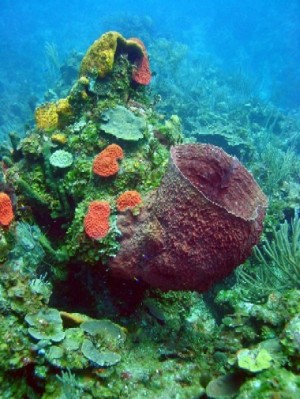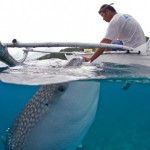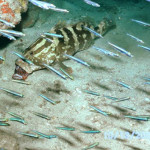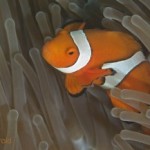
Here’s an observation in which most recreational divers are familiar. Whether you’re diving the chilly coast of Maine or the tropical waters of Fiji, those coastal areas with the strongest currents seem to have every available surface festooned with life. Tunicates, sponges, anemones, hard and soft corals, bryozoans, tube worms, clams, mussels, sea cucumber… the list goes on. For those of us divers who love seeing such vistas with our own eyes, we realize it’s not without a fight; kicking our fins as hard as we can and burning through the air in our tanks just to hold our position and not get swept away by the ripping currents.
We’ve known for some time that marine habitats that experience regular disturbance (such as intertidal habitats that are subject to the rise and fall of tides and the resultant extremes of widely varying environmental conditions) demonstrate high species diversity, particularly for sessile (attached) organisms. But a paper recently published in the journal Ecology Letters shows that the flow rate of the water itself determines the abundance of invertebrate species that live attached to hard surfaces.
The driver of this correlation between water flow rate and high invertebrate diversity seems rather intuitive on reflection: High flow rate allows for the larvae of sessile invertebrates (such as hydroids, barnacles, corals, sponges, and worms) to spread farther.
From my perspective, this finding can inform the improved design and zoning of marine protected areas (MPAs) to better protect the sources of replenishment of marine invertebrate diversity. Establishing strong protection for these high current flow areas not only safeguards hotspots of diversity, but provides an investment in effective recolonization of nearby unprotected zones through larval spillover. In turn, these newly recolonized areas can theoretically not just rebuild their own diversity but continue leapfrogging diversity further down-current.





